Mayumi Miyawaki’s Fukumura Cottage puts this lesser-known Japanese modernist in the spotlight
Discover the little-known modernist architect through this private home in Japan’s Tochigi prefecture countryside

Designed by Mayumi Miyawaki and hidden in the leafy Japanese countryside, this unusual summer house is an intriguing example of 1970s Japanese architecture. A few years ago, it was purchased by a design-loving couple who brought it back to life, saving a valuable piece of architecture history.
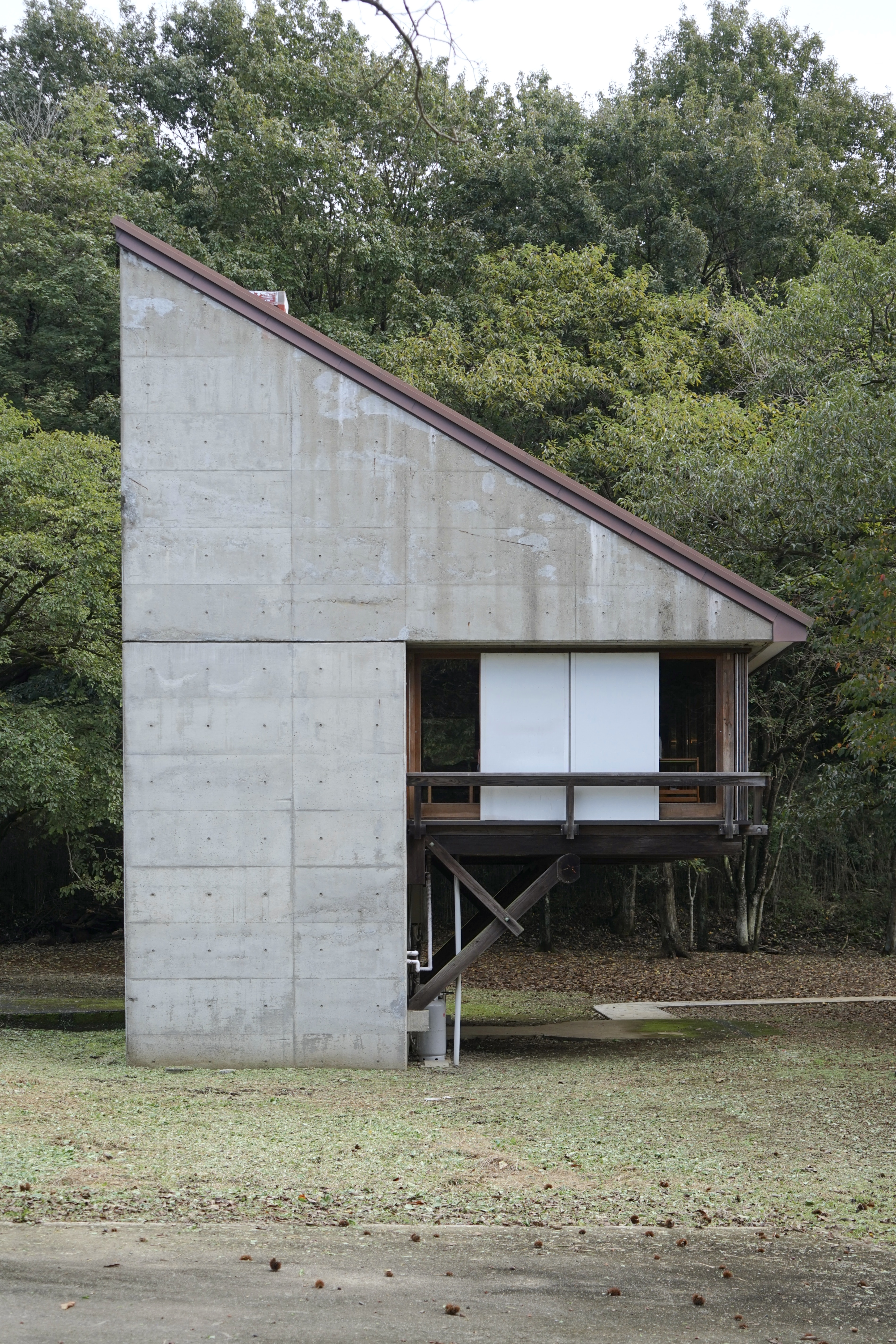
Fukumura cottage
Who was Mayumi Miyawaki?
During the 1970s, Japanese architecture was fragmented into different and contrasting movements. The most dominant one was the most well-known of all –Metabolism, which was based on a vision of the world and its future led by technology, blended with biological and philosophical ideas. The genre's designs for capsules, modularity and prefabrication were the result of the dramatic economic and social changes in the country at that time.
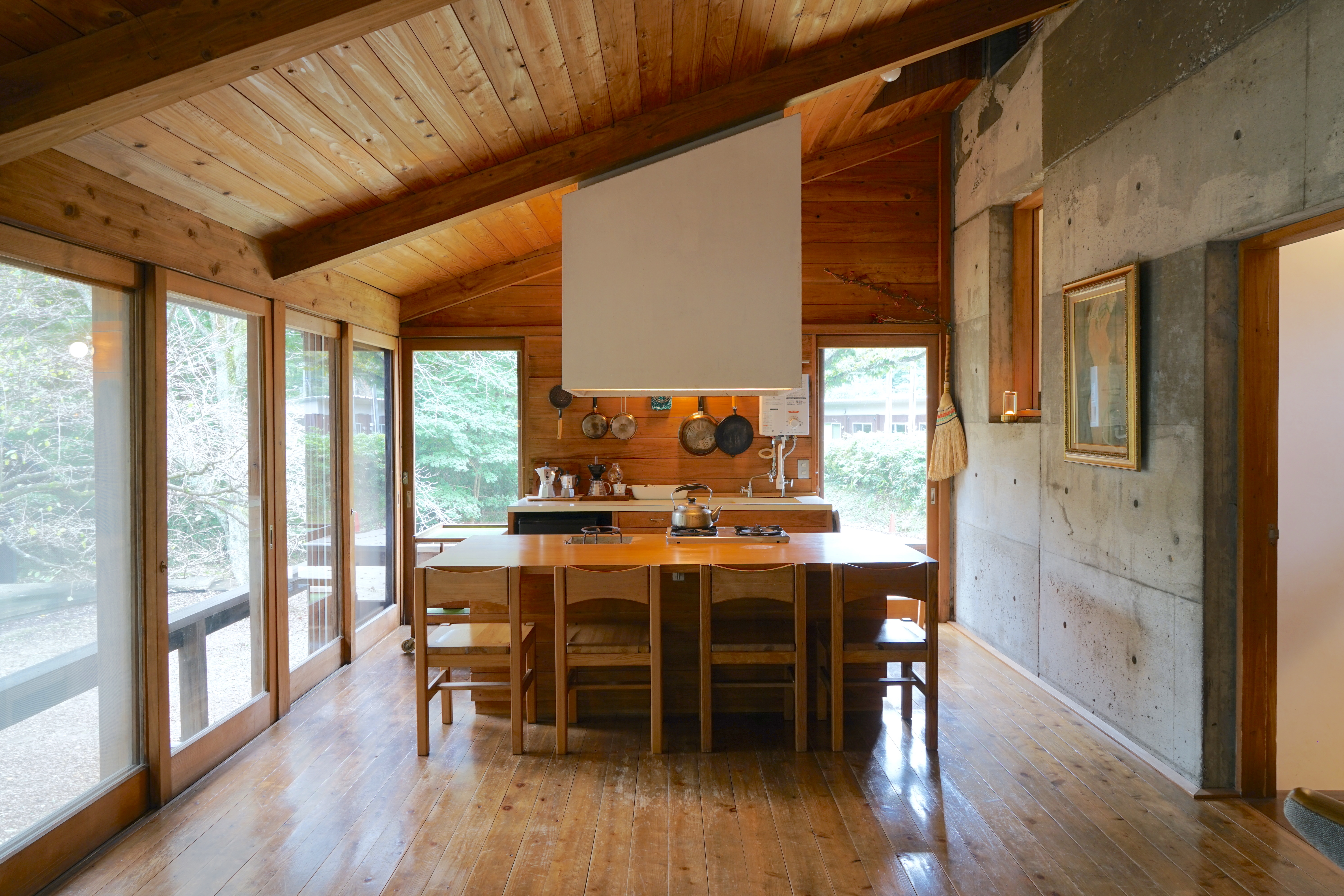
Fukumura cottage
Yet, Metabolism was only the tip of the iceberg. Parts of the architecture scene of the period highly disapproved of its teachings, in favour of more personal, lyrical, spatial and conceptual projects with their own character. One of the most active critics of Metabolism was architect Mayumi Miyawaki, known for his unorthodox style, which was influenced by traditional Japanese spaces, infused with new conceptual thinking.
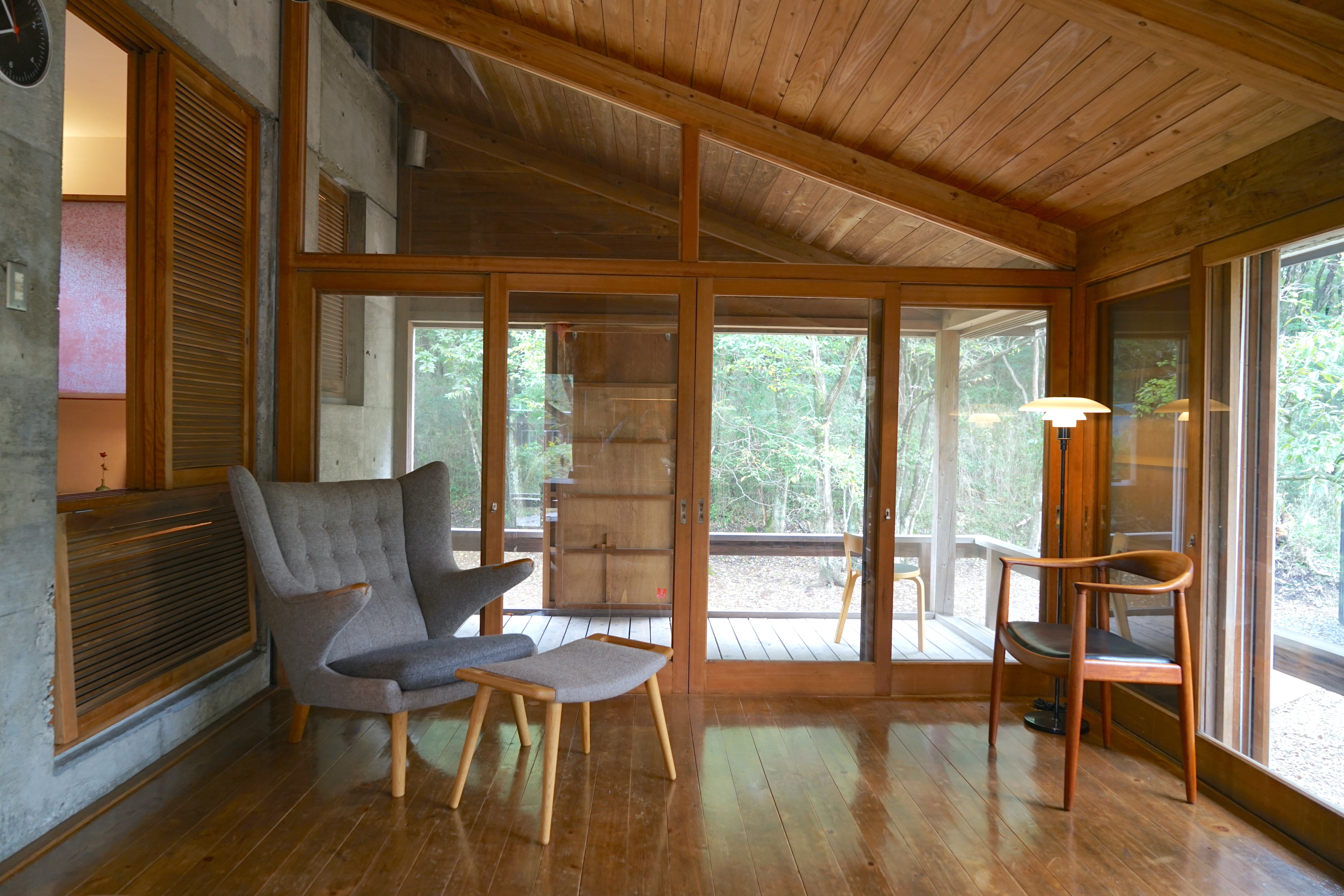
Fukumura cottage
Using bold, concrete, geometric shapes, Miyawaki created his houses like master classes in geometry. He was born in 1936 in Nagoya. Having studied at Tokyo National University of Fine Arts and Music, he then specialised in urban design at the University of Tokyo. Influenced by his parents, both artists, he believed in architecture as a spatial poetry. As an extension of this belief, he founded the group Architext, bringing together anti-metabolist architects such as Takefumi Aida, Takamitsu Azuma, Mokoto Suzuki, and Minuro Takeyama.
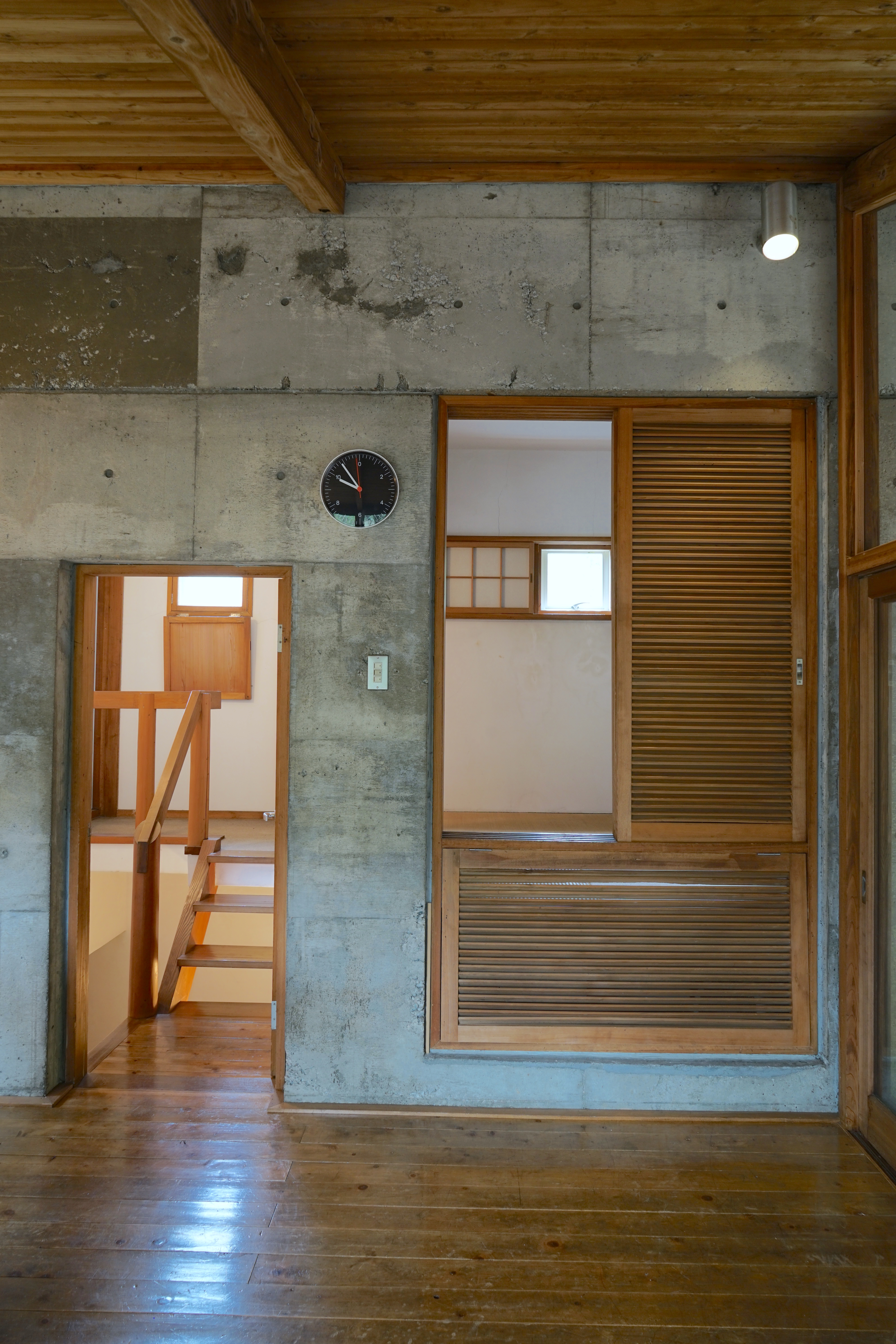
Fukumura cottage
Within the folds of this group, Miyawaki developed his own, unique sense of space through his idea of 'Primary architecture'. Typical of his work was the manipulation of cubic forms and primary shapes into unexpected living spaces. During the 1970s, he developed his series of box houses, including Green Box, Matsukawa Box, and the, unfortunately, now-demolished Blue Box. In all these projects, Miyawaki always combined traditional Japanese elements with a strong, elementary language and formal interpretation.
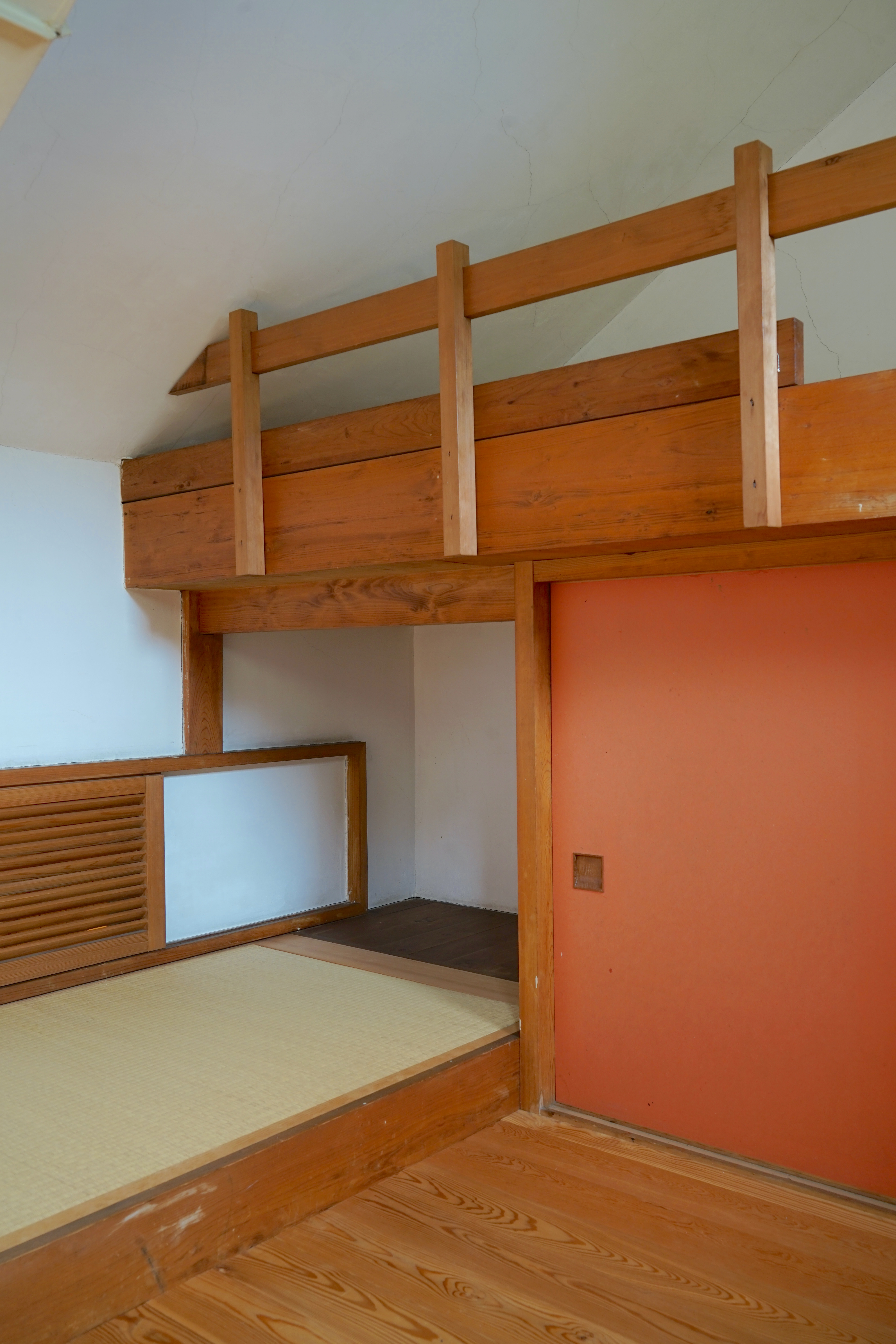
Fukumura cottage
Explore Fukumura cottage
His Fukumura Cottage in Nasu, in Tochigi prefecture, is one of his most mature creations, designed during the heyday of his career. It was a commission from 1974 to design a weekend house for Mr Fukumura, close to the popular bathing area of Nasushiobara. For his design, Miyawaki came up with an imaginative variation on the idea of a tree house.

Fukumura cottage
The wedge-shaped residence is elevated, placed on a blocky, compact concrete volume. Inside, the space is minimalist, containing only a small living room connected with a kitchen and a terrace on the first floor. A small tea room with tatami mats on the floor features suspended cupboards, and a bedroom in the attic with a simple bed structure is accessible only via a ladder. Raw concrete walls are combined with wooden elements, such as doors, ladders and window frames.
Receive our daily digest of inspiration, escapism and design stories from around the world direct to your inbox.
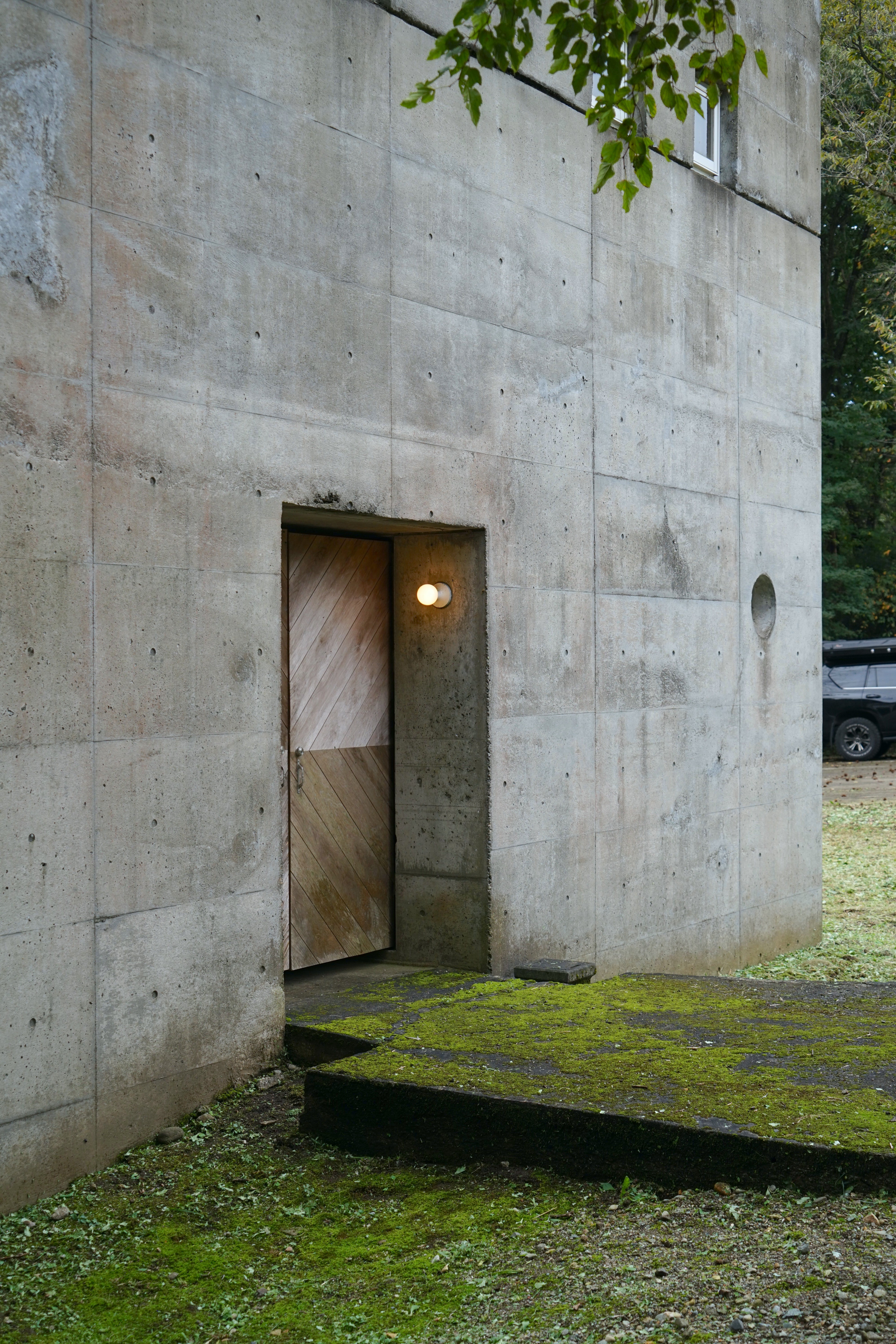
Fukumura cottage
When design dealers and collectors Noboru and Yuka Tanaka found out this specimen of Japanese architectural history was on the market a few years ago, they decided to buy it. They restored the cottage to its original state and use it as their personal retreat, as well as a base for their design operations, while occasionally opening up the interior for the public to visit this piece of design history. Noboru and Yuka furnished the interior with their favourite Scandinavian pieces, alongside more pieces from their personal collection.
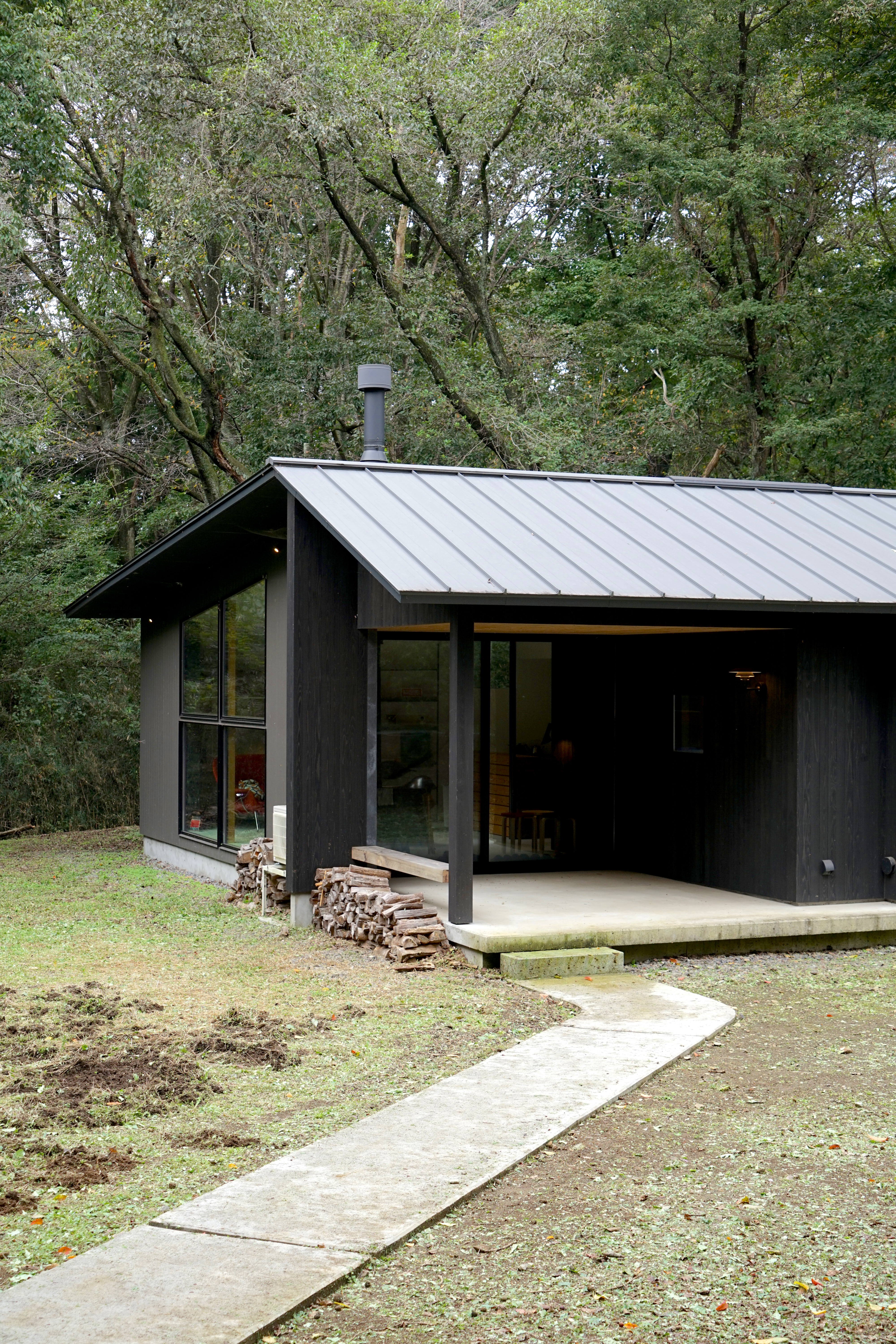
the Tanaka's office and collection gallery
More of their lovingly chosen design items can be found inside new wooden structures on site, containing their office and gallery, and designed by Kariya Architects in 2019 and 2024, respectively. While the office is used to manage their design activities, the gallery stores Noboru's extensive collection of vintage Herman Miller furniture. Fukumura Cottage and its updated campus are now safe and can be visited and admired as the exceptional example of Japanese modernity that they are.
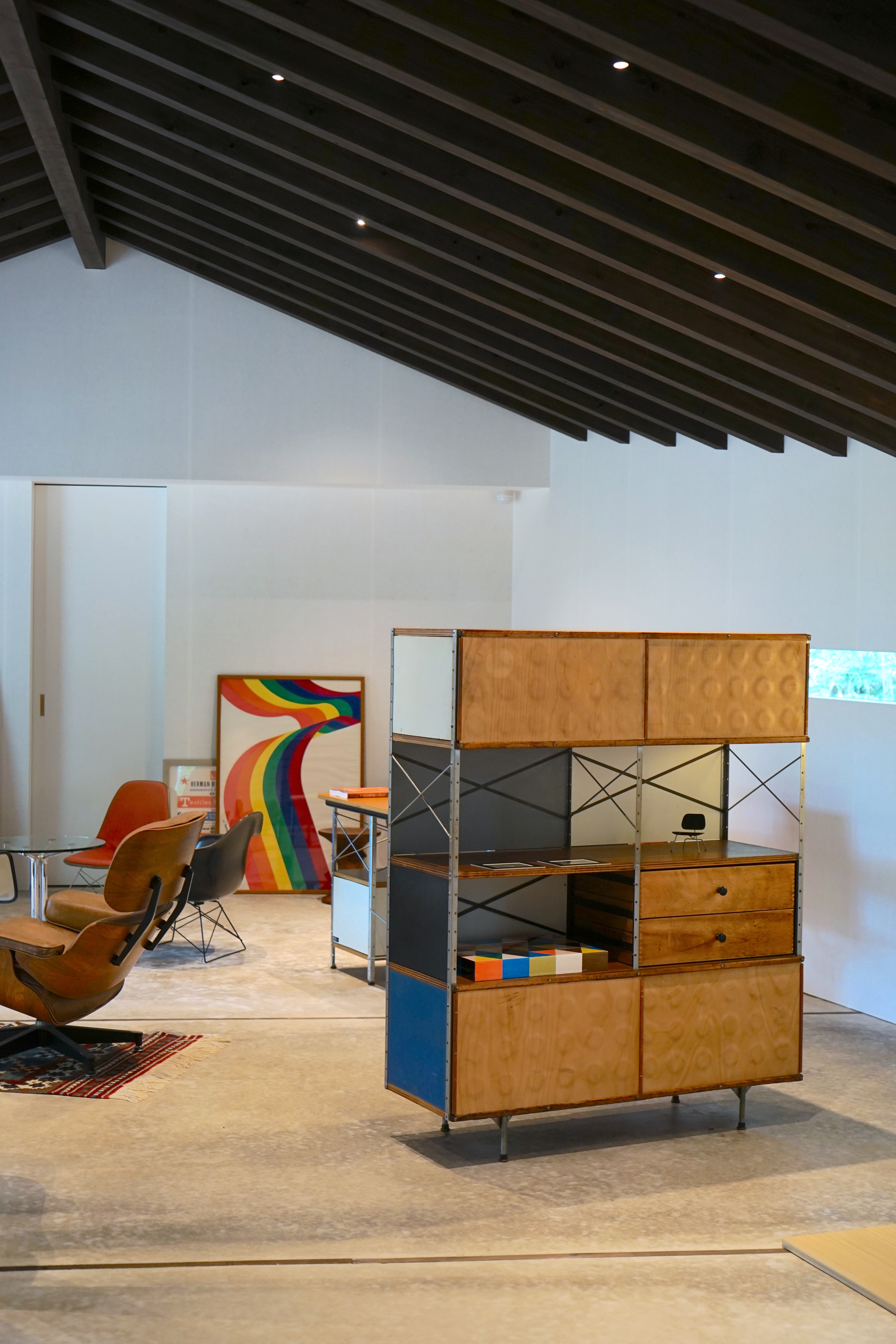
the Tanaka's collection gallery
Adam Štěch is an architectural historian, curator, writer and photographer, based in Prague. He is the author of books including Modern Architecture and Interiors (2006), editor of design magazine Dolce Vita and a contributor to titles including Wallpaper* and Frame, while also teaching at Scholastika in Prague.
-
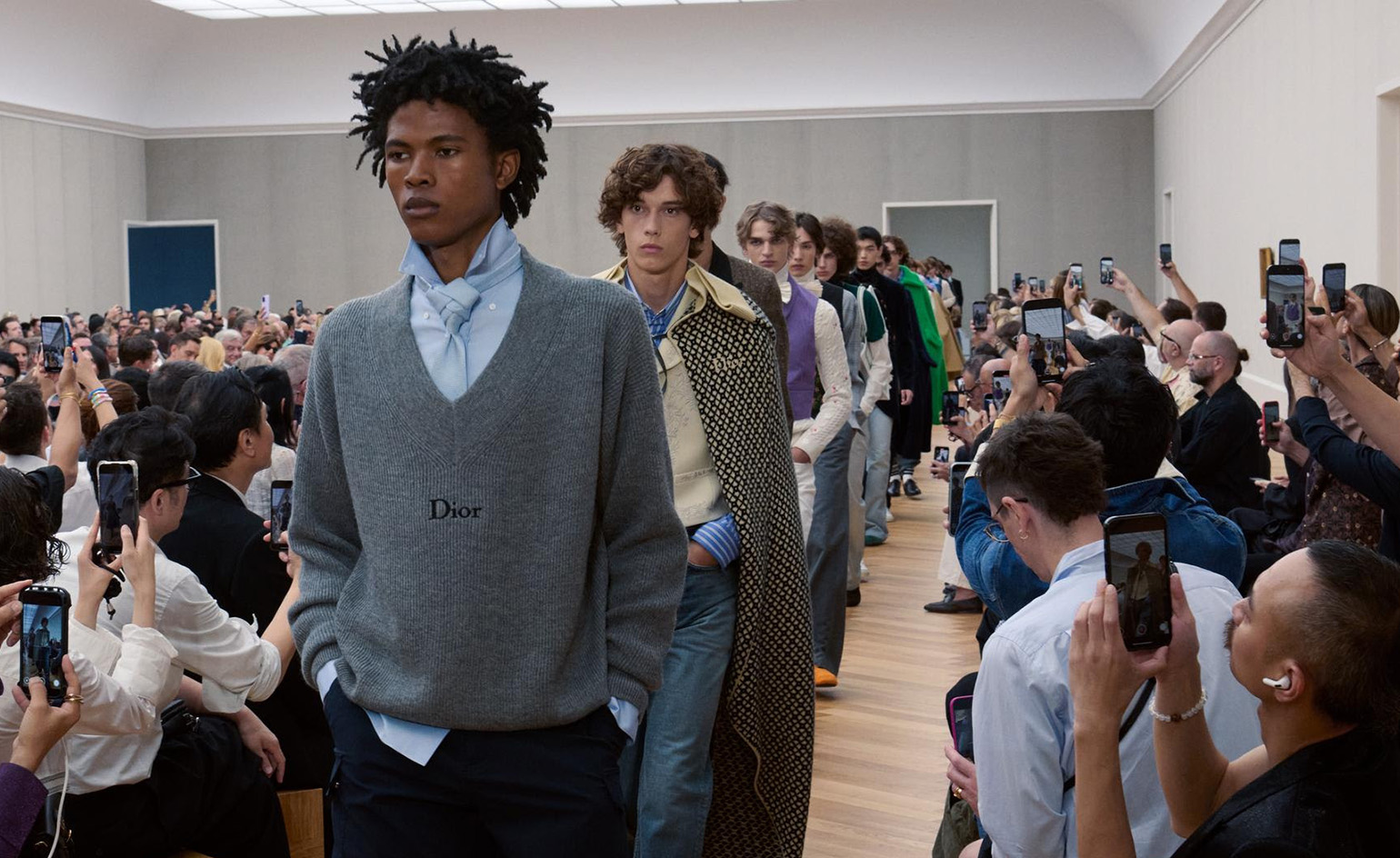 Men’s Fashion Week A/W 2026 is almost here. Here’s what to expect
Men’s Fashion Week A/W 2026 is almost here. Here’s what to expectFrom this season’s roster of Pitti Uomo guest designers to Jonathan Anderson’s sophomore men’s collection at Dior – as well as Véronique Nichanian’s Hermès swansong – everything to look out for at Men’s Fashion Week A/W 2026
-
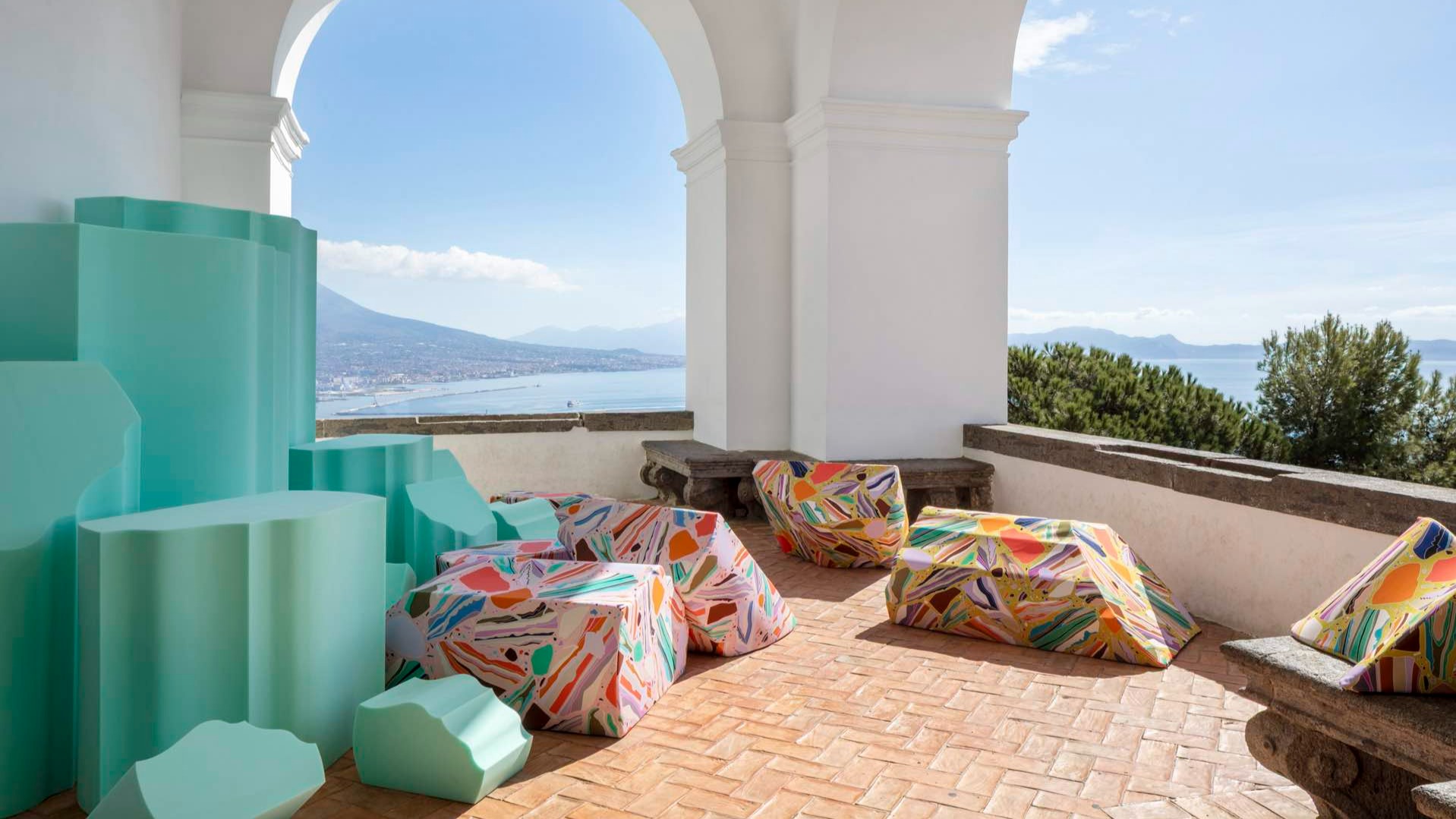 The international design fairs shaping 2026
The international design fairs shaping 2026Passports at the ready as Wallpaper* maps out the year’s best design fairs, from established fixtures to new arrivals.
-
 The eight hotly awaited art-venue openings we are most looking forward to in 2026
The eight hotly awaited art-venue openings we are most looking forward to in 2026With major new institutions gearing up to open their doors, it is set to be a big year in the art world. Here is what to look out for
-
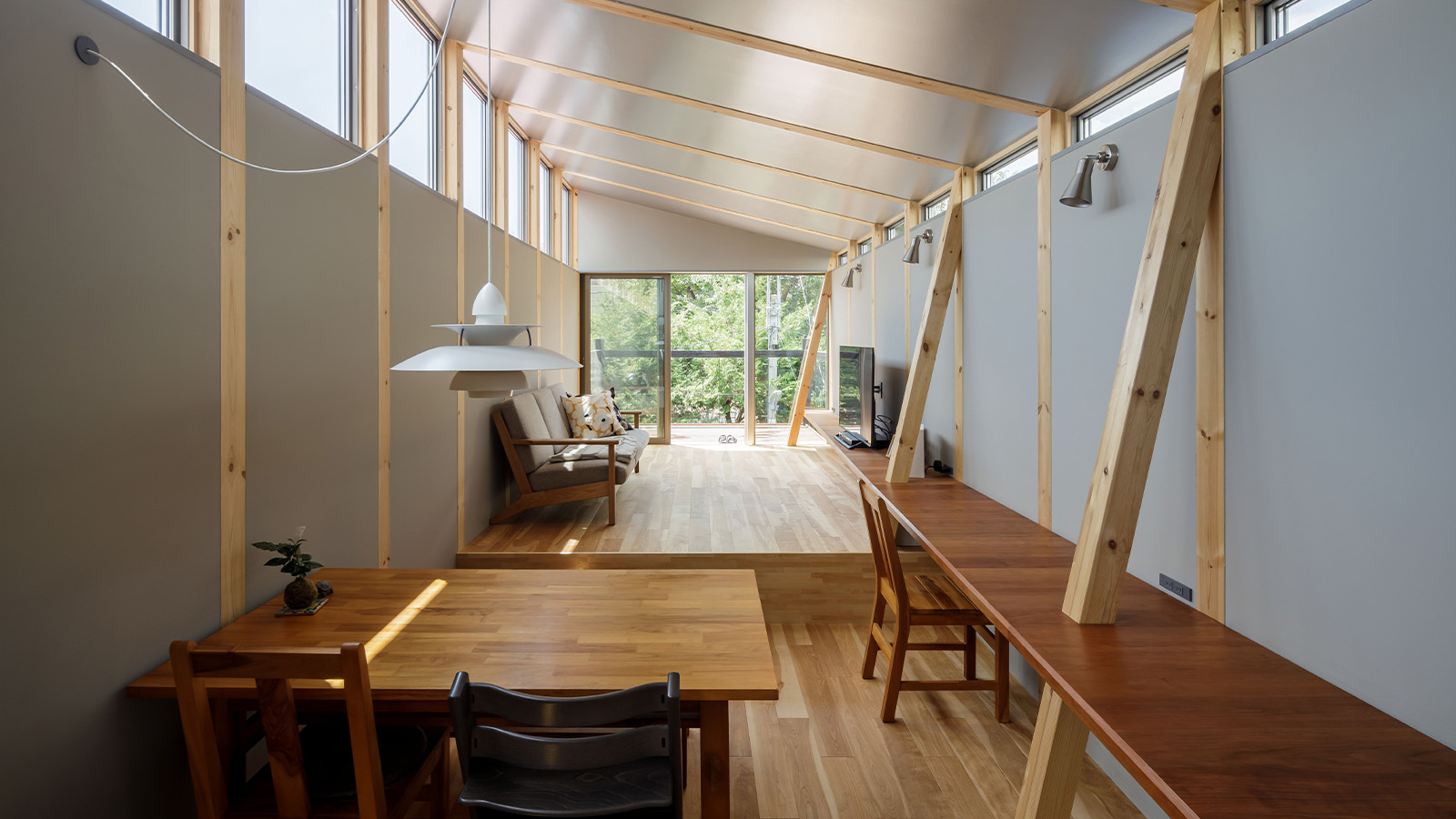 This Fukasawa house is a contemporary take on the traditional wooden architecture of Japan
This Fukasawa house is a contemporary take on the traditional wooden architecture of JapanDesigned by MIDW, a house nestled in the south-west Tokyo district features contrasting spaces united by the calming rhythm of structural timber beams
-
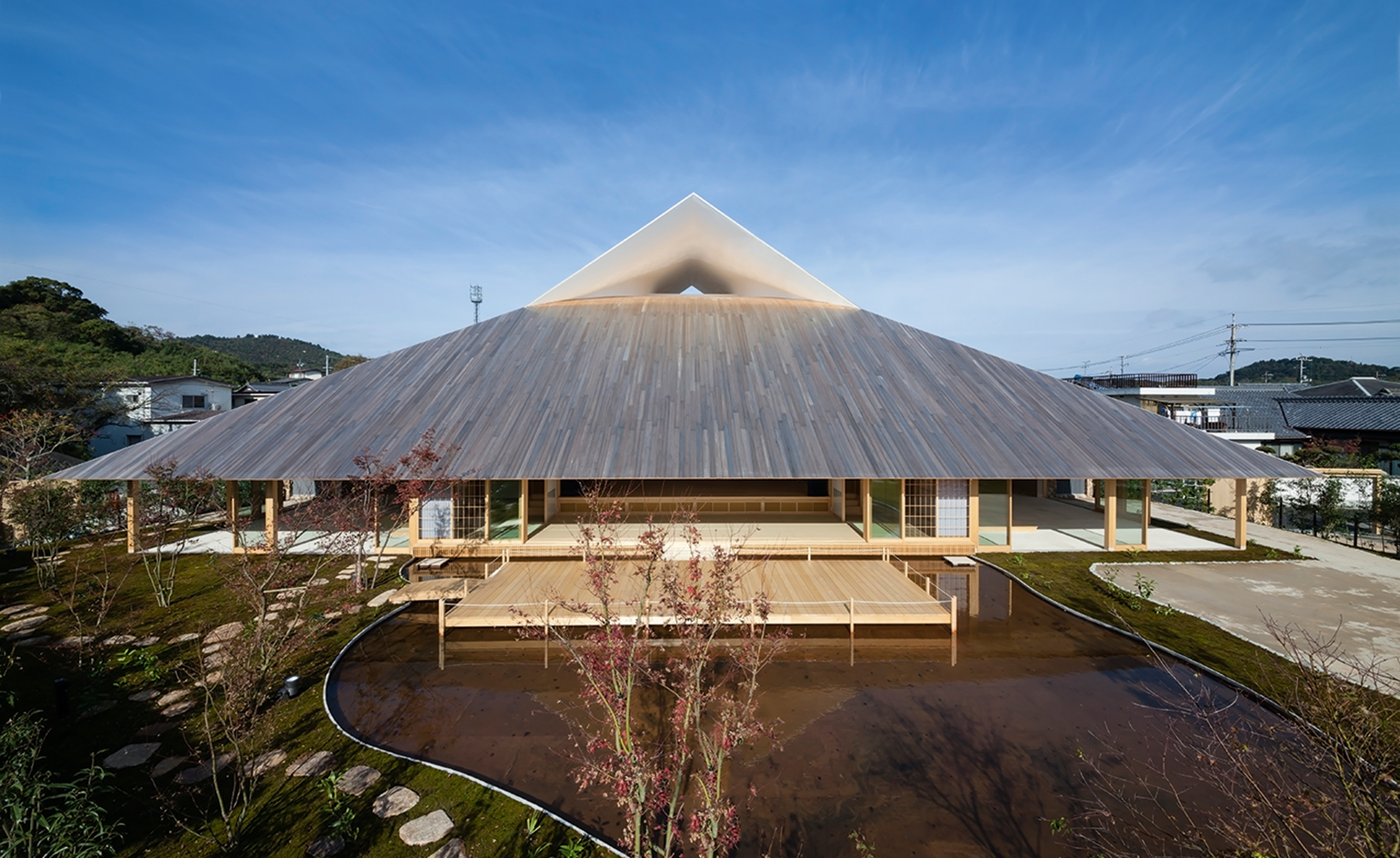 Take a tour of the 'architectural kingdom' of Japan
Take a tour of the 'architectural kingdom' of JapanJapan's Seto Inland Sea offers some of the finest architecture in the country – we tour its rich selection of contemporary buildings by some of the industry's biggest names
-
 The Architecture Edit: Wallpaper’s houses of the month
The Architecture Edit: Wallpaper’s houses of the monthFrom wineries-turned-music studios to fire-resistant holiday homes, these are the properties that have most impressed the Wallpaper* editors this month
-
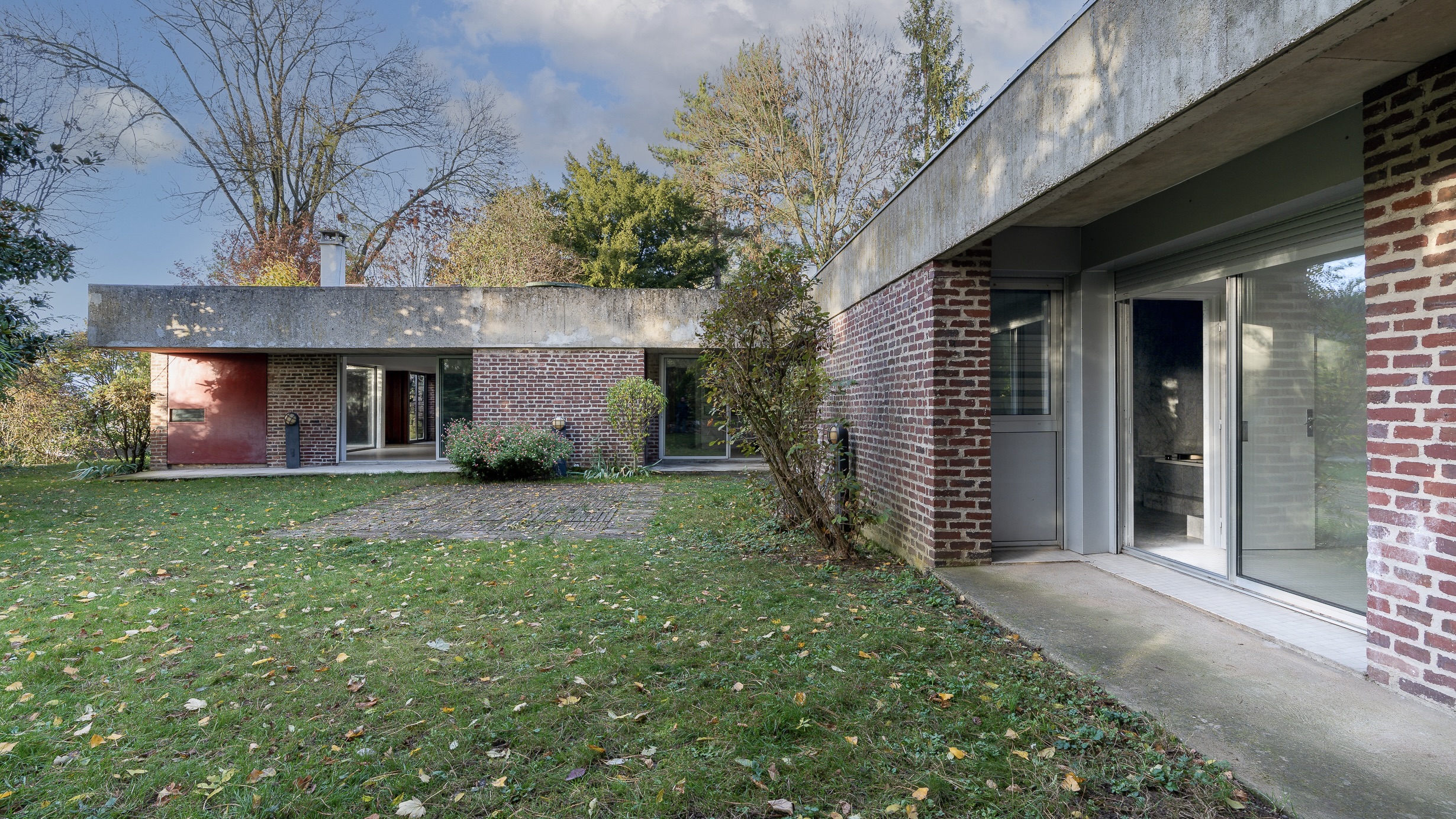 This modernist home, designed by a disciple of Le Corbusier, is on the market
This modernist home, designed by a disciple of Le Corbusier, is on the marketAndré Wogenscky was a long-time collaborator and chief assistant of Le Corbusier; he built this home, a case study for post-war modernism, in 1957
-
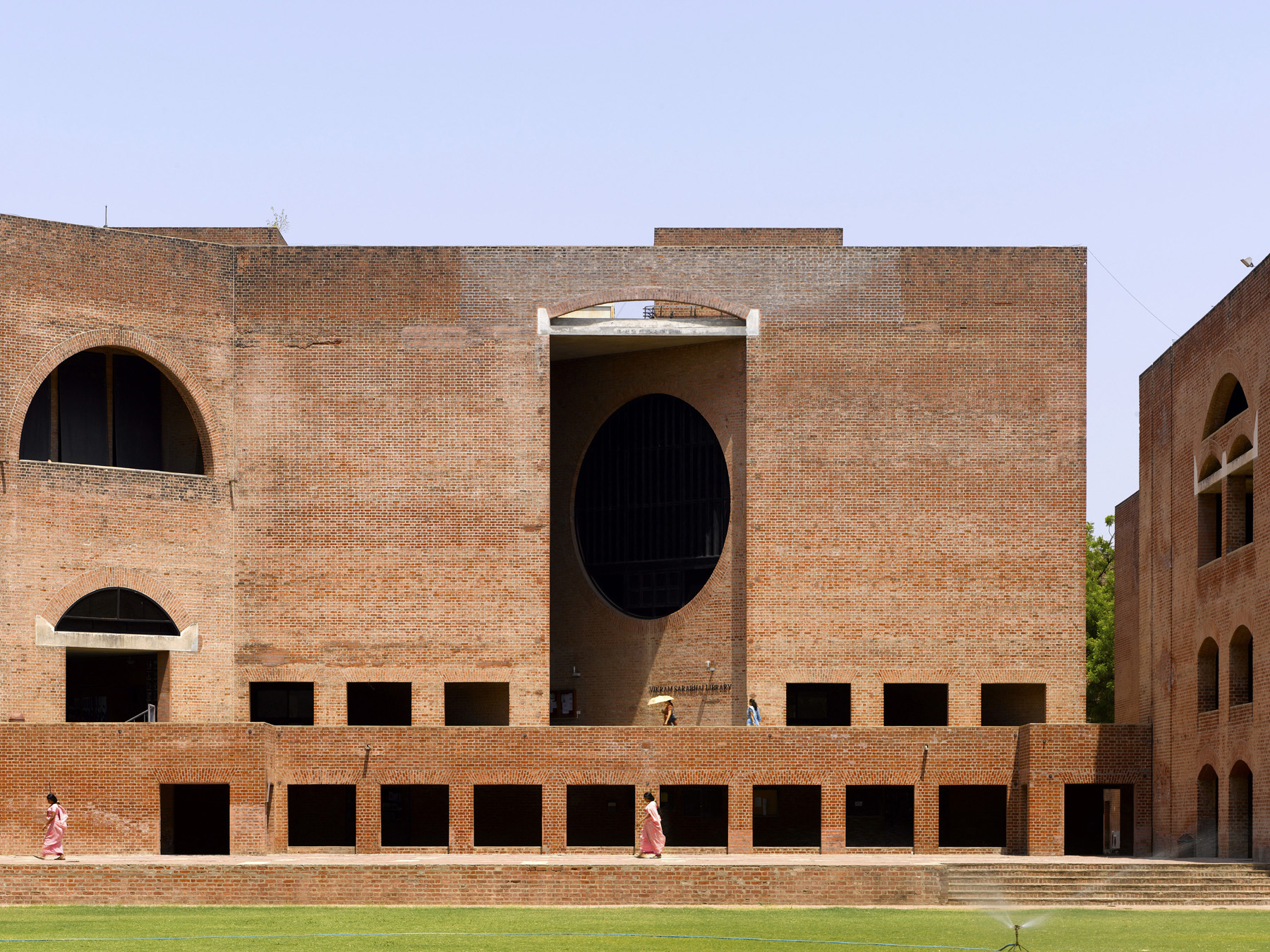 Louis Kahn, the modernist architect and the man behind the myth
Louis Kahn, the modernist architect and the man behind the mythWe chart the life and work of Louis Kahn, one of the 20th century’s most prominent modernists and a revered professional; yet his personal life meant he was also an architectural enigma
-
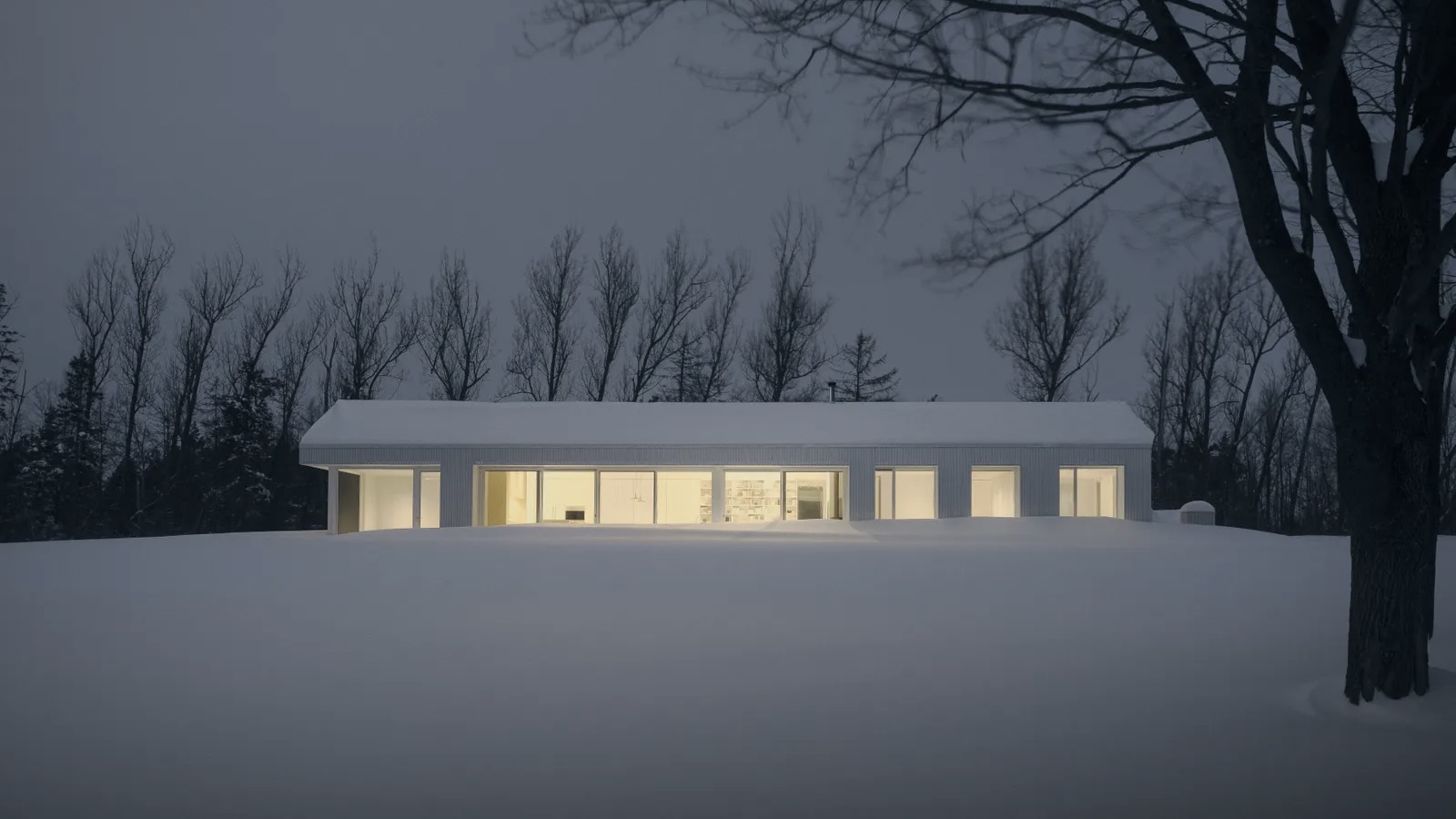 The Architecture Edit: Wallpaper’s houses of the month
The Architecture Edit: Wallpaper’s houses of the monthFrom Malibu beach pads to cosy cabins blanketed in snow, Wallpaper* has featured some incredible homes this month. We profile our favourites below
-
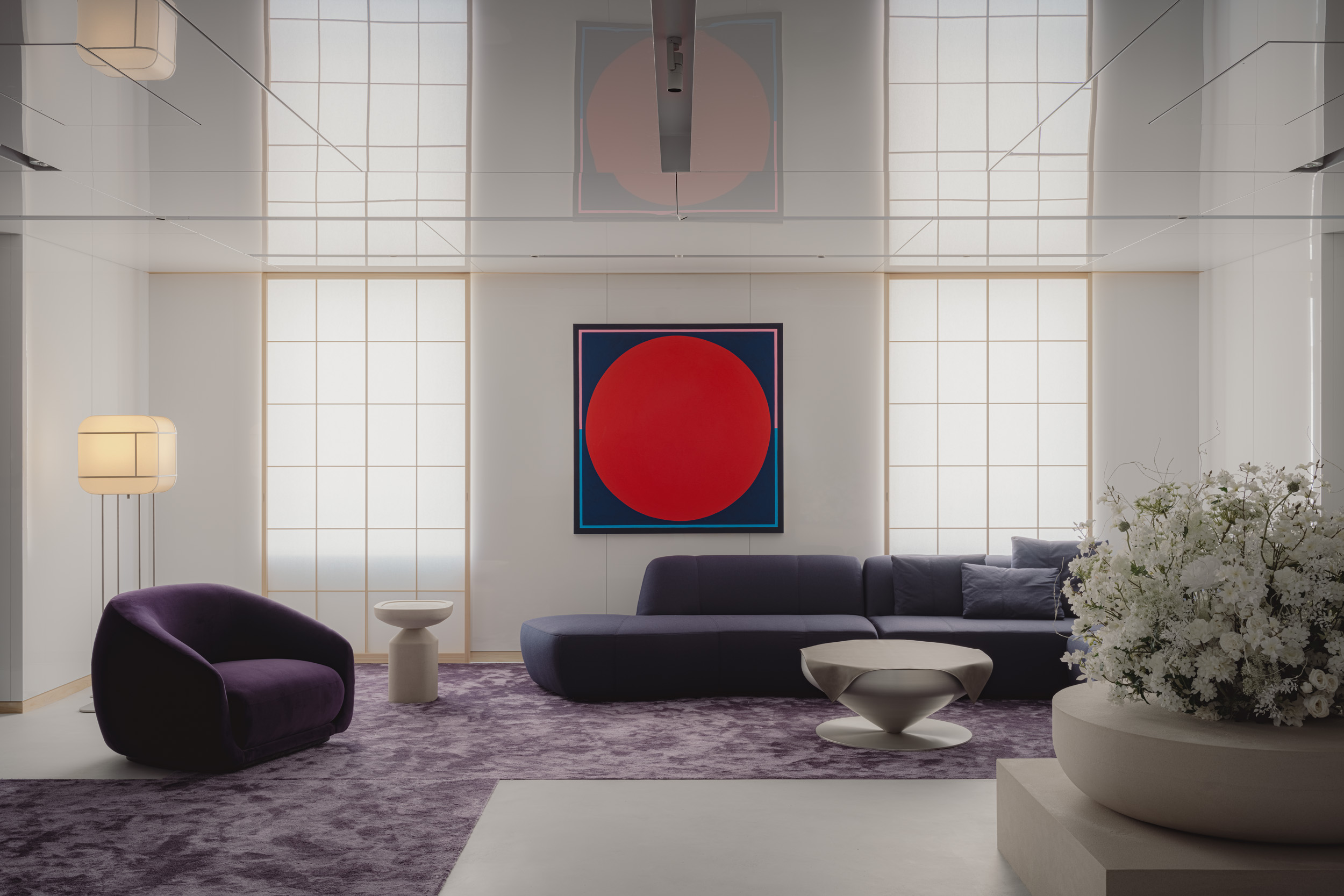 Matsuya Ginza lounge is a glossy haven at Tokyo’s century-old department store
Matsuya Ginza lounge is a glossy haven at Tokyo’s century-old department storeA new VIP lounge inside Tokyo’s Matsuya Ginza department store, designed by I-IN, balances modernity and elegance
-
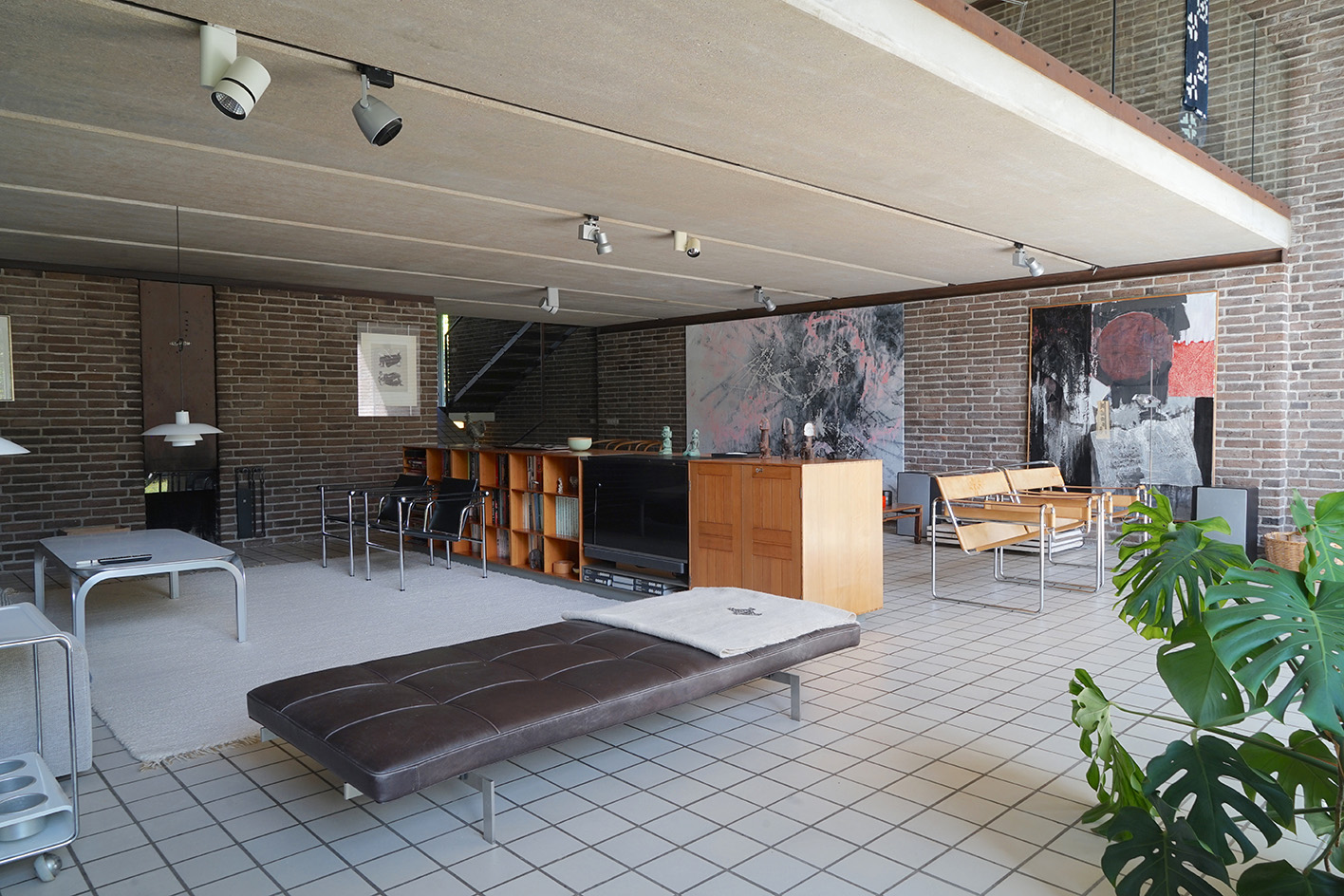 Three lesser-known Danish modernist houses track the country’s 20th-century architecture
Three lesser-known Danish modernist houses track the country’s 20th-century architectureWe visit three Danish modernist houses with writer, curator and architecture historian Adam Štěch, a delve into lower-profile examples of the country’s rich 20th-century legacy